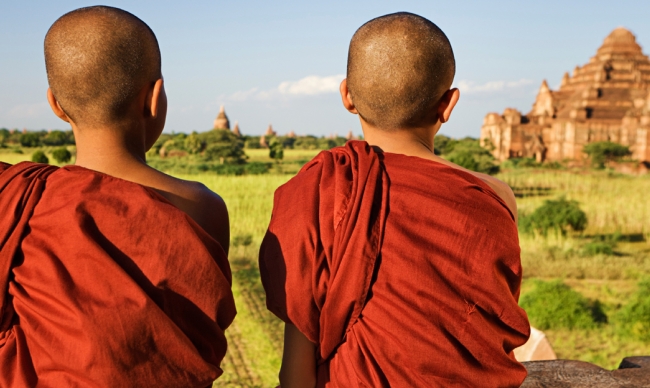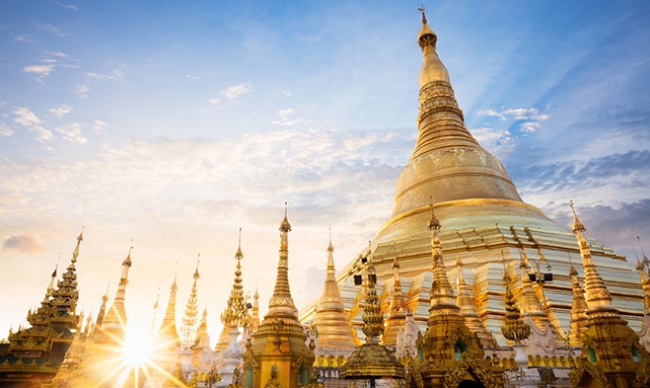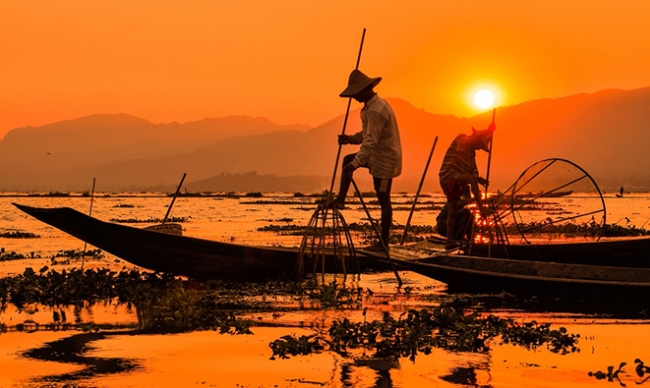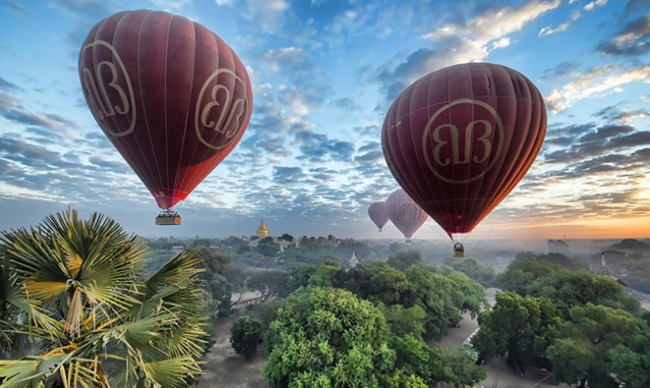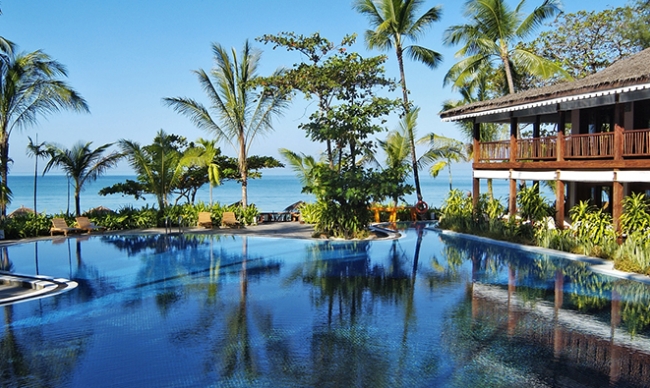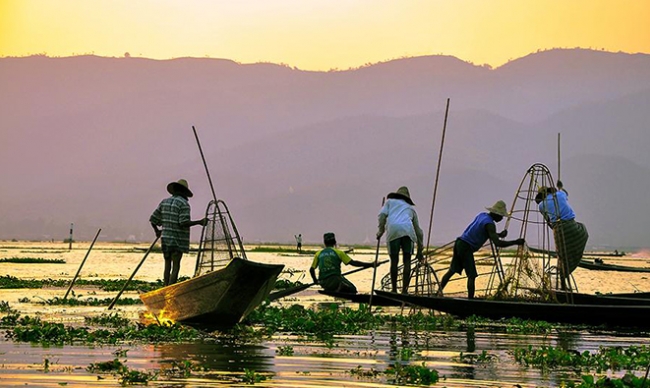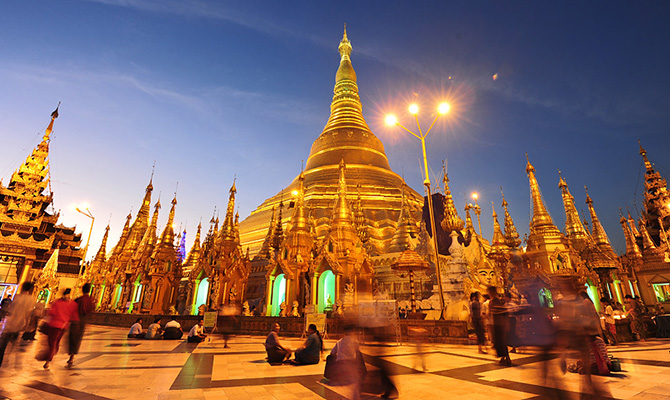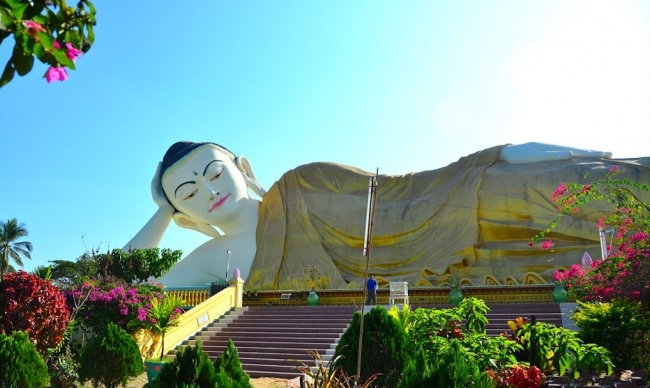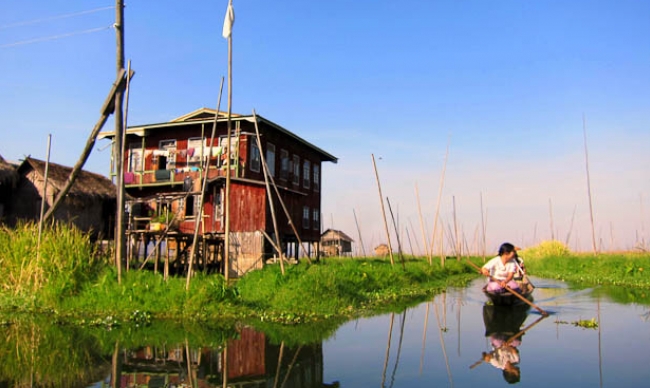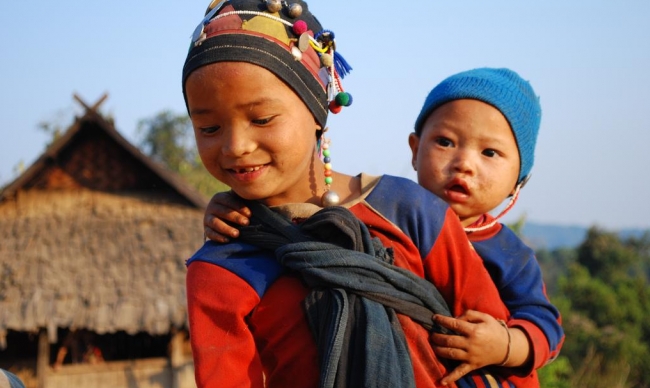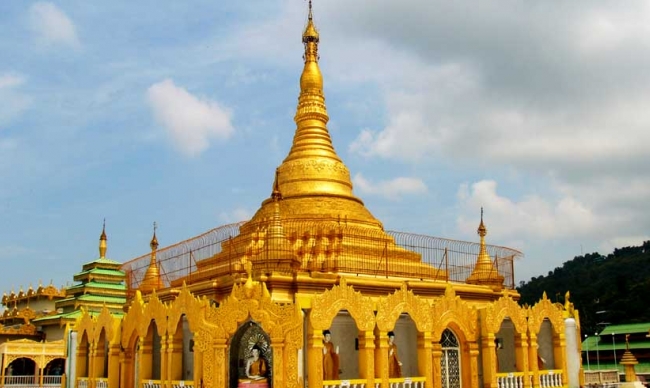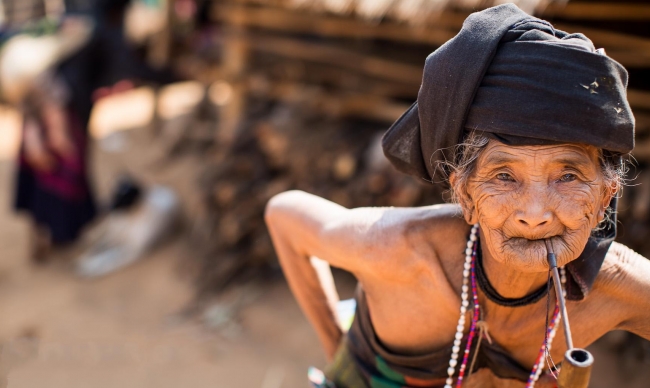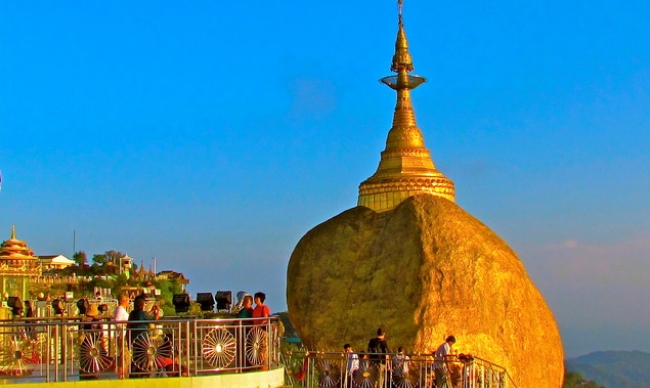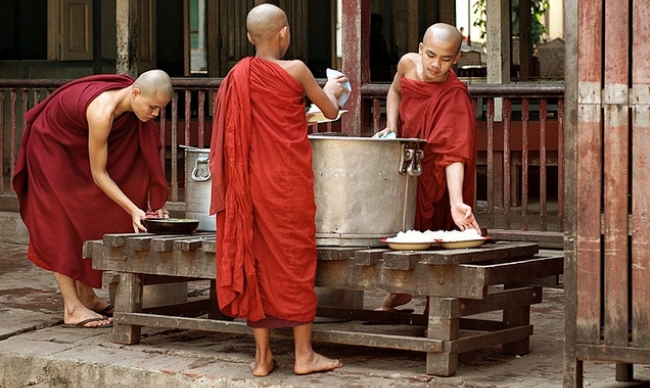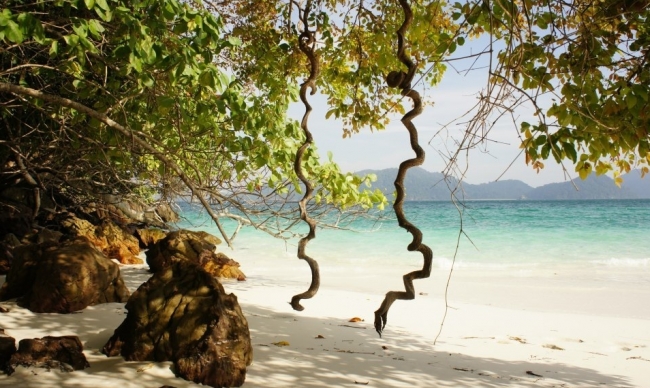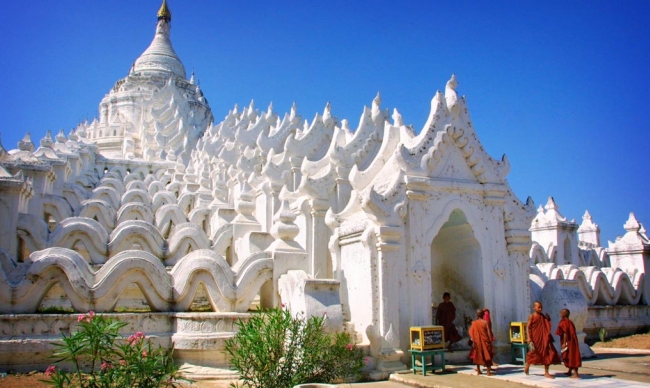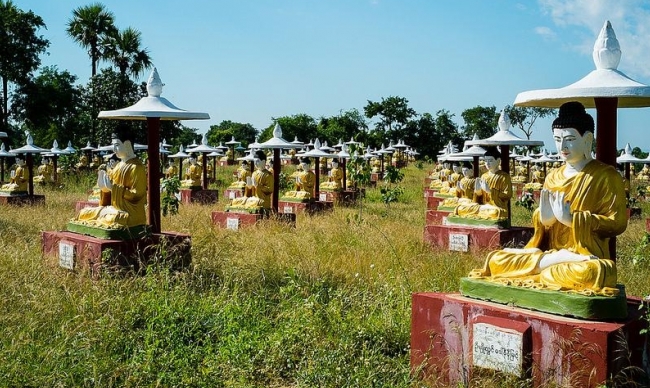Quick Facts:
- Location: in the middle of Myanmar, 690 km north of Yangon, 293 km south west of Mandalay
-
Status: Myanmar's Buddhist center
-
Population: above 500,000
-
Area: 42 square kilometers (Bagan town)
-
Religions: Theravada Buddhism
-
One of the most diverse archaeological sites among Asia
-
Peaceful atmosphere, close connection to locals
Bagan is among the most diverse archaeological sites of Asia and also the major tourist attraction of Myanmar with its four million pagodas. Located at central Myanmar, about 690 kilometers north of Yangon, Bagan was early founded in 1044 AD and was once the glorious and splendid capital of the First Myanmar Empire. With an area of 42 square kilometers, the today Bagan is the home of numerous ancient pagodas, shrines, stupas, monuments and monasteries.
The busiest town and also main attraction that draws tourists to Bagan is Nyaung U, with its well equipped guesthouses and various transportation links – via airway and road. The town’s board streets full of tea shops, restaurants, bars can be considered the best spot for travelers and tour organization. Located 4 kilometers west of Nyaung U, apart from interesting archaeological sites of city walls and temples as well as impressive views of Ayeyarwady (also known as Irrawaddy) River, Old Bagan is dotted with local handicraft shops and factories selling beautiful lacquer ware and wooden carved figures. Made by skilled craftsmen, lacquer products become a Bagan’s pride; most of them are brought to Yangon and then exported to the world market.
On the other hand, in the 1990s, New Bagan was established, and Old Bagan’s residents were forced to move out and settle their lives there. This is a dusty yet sleepy town, along with great landscapes found on the riverside. In comparison with New Bagan, Old Bagan owns fewer eateries and accommodations, especially affordable ones. About 50 kilometers south east of Pagan is Mt. Popa, an inactive volcano of 1518 meters high. Its name may derive from the Pali word “puppa”, meaning flower. The mountain is best known for a monastery nearby named Popa Taungkalat, the home for 37 Mahagiri spirits – or ‘nats’ in Burmese language.
Definitely, a trip to Bagan cannot be complete without visitations to its incredible temples, shrines, monasteries and pagodas which deeply represent Mon traditional architecture. In this 42 square kilometer archaeological area, there are over 2200 of them and hence multiple options for you to choose from. The best way to experience these features of Bagan is by shaded horse cart. You will be taken around the most impressive Buddhist constructions of Bagan and also be protected from its severing heat. Another affordable option is by bicycle; however, the number of destinations you can explore is fewer by this way. Plus, recently, tourists often choose balloon to contemplate the romantic panorama of the ancient Buddhist constructions. When hovering overhead, you can feel like you are coming back to the past when every building was built to mark an era of history as well as a unique cultural identity.
The most renowned among them is Shwezigon Pagoda in Nyang U, the first gold pagoda built in Burma representing typical Burmese temples. Shwezigon consists of a gold gilded cylindrical stupa on top a series of terraces. Being built in 1057, under the reign of King Anawrahta, the pagoda is believed to enshrine sacred teeth and bones of Gautama Buddha. Also, there is a stone pillar with inscription in Mon language by King Kyansittha. In addition, built in 1105 under the reign of King Kyanzittha, Pagan Kingdom, Ananda Temple is among the biggest and most well-preserved Buddha edifices of Bagan. Widely known as the genuine museum of stone, the temple is in a cruciform layout with several terraces heading to a small pagoda topped with an ornament called hti. Ananda Temple houses four Buddha standing statues; each faces one of the four directions: East, West, South and North, representing Buddha’s infinite wisdom. Another remarkably large temple in Bagan is Htilominlo Temple, a double storey structure of 50 meters high. About 1.5 kilometers northeast of Bagan, the temple was built in 1211 by King Nadaungmya, and its name is a misreading for a Pali word which means “blessings of the three worlds”. On the first floor of Htilominlo, there are also four Buddha statues facing four directions.
